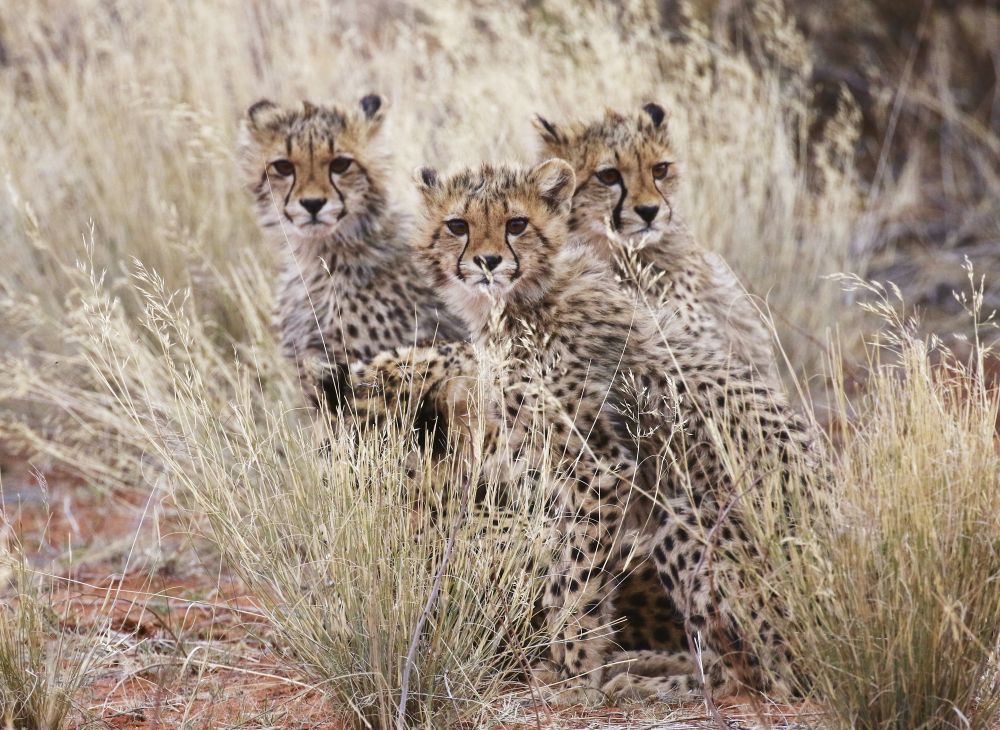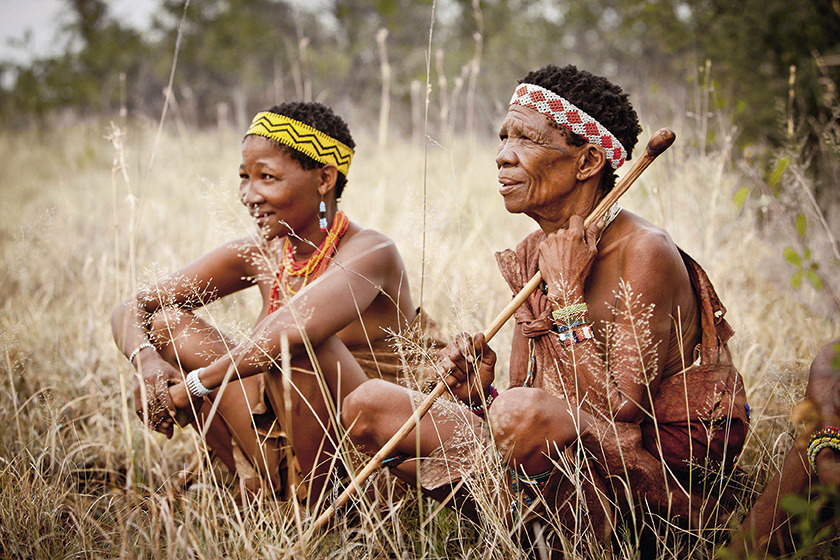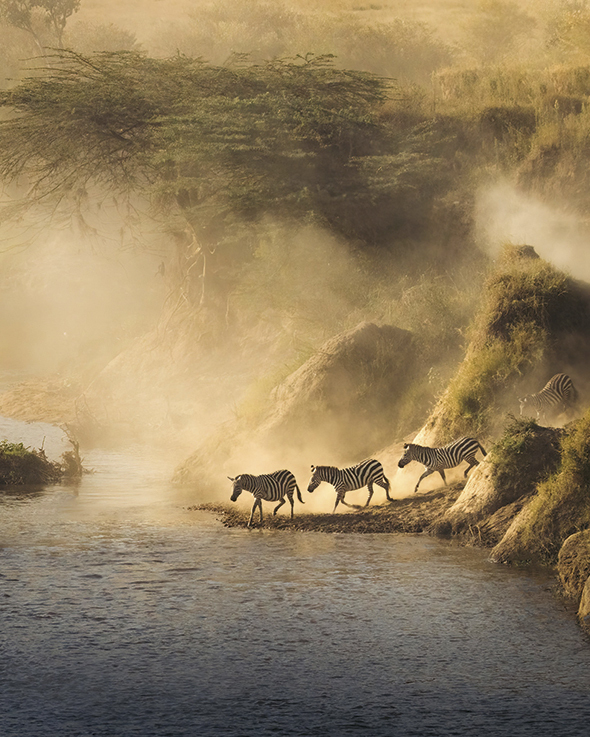Culture Experience the wildlife and understand the people living around it in Kenya, South Africa and Botswana
It may take place outside the wildebeest migration season, but a trip that explores the Maasai Mara on foot will captivate true
wilderness lovers. Starting in the Naboisho Conservancy and ending
in the Mara or Acacia House of the Greater Maasai Mara, this is an
ode to contemporary Kenya. Many communities pay the price for
Africa’s big draw card because over 60 per cent of Kenya’s wildlife
live outside protected areas on community and private lands in the rangelands. Traversing conservancies on foot with Asilia
Adventures will have you walking 15–20km per day to see at first-
hand how community and conservation projects work to support
both the land and its people. The Maa Trust, for instance, supports
various community projects, including beekeeping, healthcare and
education, and you’ll get to meet Maasai women at the beadwork
project. This is a voyage into the Mara – real and raw – at a time
when the migratory birds bulge its recorded bird list to a count of
500 and Thomson’s and Grant’s gazelle, zebra, oribi plus Coke’s
hartebeest trot nearby.
Culture and community are integral to the conservation vision at Tswalu Kalahari Reserve, South Africa. Game drives, nature
walks, animal tracking (oryx, giraffe and ostrich are frequently
sighted when searching for desert black rhino and African wild dog), horse riding, stargazing, dune breakfasts and spending time
with habituated meerkats are all built in. And a fascinating food
journey is interwoven, since to thrive in the sloping red sands of the
Kalahari Desert, one has to be rather resourceful. Cultural ingenuity
in the arid Northern Cape becomes tangible once you take a seat at Restaurant Klein Jan, conceptualised by Michelin-starred chef Jan Hendrik van der Westhuizen. Each seasonal dish served at the
century-old farmhouse is deeply rooted in heritage foods and shines
a light on culinary traditions (such as fermentation and preservation
to further the scarce desert food sources), ingredients and produce.
One example? Indigenous small, spiky cucumbers and melons
traditionally harvested by San tribes for precious hydration. The
leaves can be cooked like spinach, while the dried flesh is delicious
in stews. Then there are the grapes and citrus fruits watered by the
oasis of the nearby Orange River and dried for use in winter, plus
ethical meats, handmade cheeses, craft spirits and Kalahari salt.
In-house guests of the Motse and Tarkuni camps are invited to
experience a memorable meal during their safari stay. Be sure to tie
your sauces to the source with a visit to rock art sites – petroglyphs
are a highlight – and ask about the accompanying myths and stories.
See the land through ancient eyes on a visit to the expansive
Makgadikgadi salt pan network by walking with Zu/’hoasi bushmen
(the original inhabitants of southern Africa) during a stay at
Botswana’s iconic and lavishly revamped Jack’s Camp. First, some
context. In 1961, the Central Kalahari Game Reserve (CKGR) was
created as a protected area for the San people to live traditionally,
hunting without interference. However, a series of government
policies has seen the removal of the San from this land in the
interest, it says, of better delivering services such as schooling.
Entering the area as a student helps ensure the conservation of this
fast vanishing culture. The short walk touches on their unique
hunting and foraging skills and provides an insight into the animals
you’ll see, such as tortoise, steenbok, springbok and jackal.





